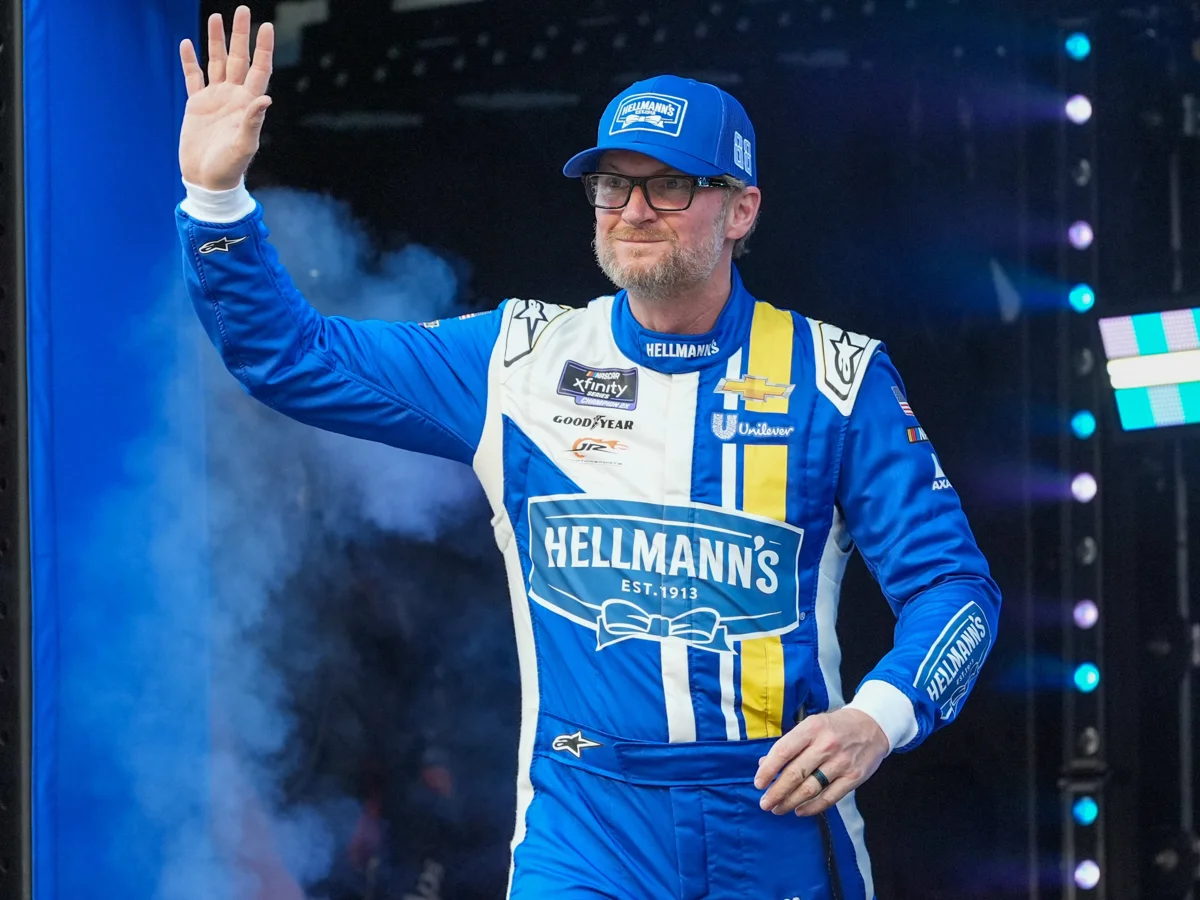Dale Earnhardt Jr. on Portland controversy became the central topic after a heated NASCAR Xfinity Series event at Portland International Raceway last weekend, as the racing icon criticized the venue’s design and rule enforcement. The dispute erupted when Connor Zilisch, in a high-pressure situation, made a move that raised questions around fairness and the wisdom of the current penalty system, drawing strong reactions from fans and industry insiders alike.
Portland Race Sparks Heated Debate Following Overtime Incident
The Pacific Office Automation 147 turned tense in the closing laps, with Connor Zilisch seeking his eighth win of the 2025 NASCAR Xfinity Series season. Zilisch led an impressive 70 out of 78 laps after starting from pole position. However, the defining moment occurred during the final overtime restart, when Zilisch and several rivals missed the first corner and deliberately entered the penalty zone—an A-frame chicane intended as a time deterrent compared to the traditional racing line.
This controversial move was within legal bounds, but it immediately split the NASCAR community. While some saw Zilisch’s tactics as a clever interpretation of the rules, others criticized him for exploiting a loophole, igniting passionate debate across social media and fan forums.
Dale Earnhardt Jr. Criticizes Track Design and Penalty System
Dale Earnhardt Jr., addressing the issue on his popular podcast, focused his frustration less on driver behavior and more on the track layout and enforcement of rules. He made it clear that Zilisch’s move was technically permissible but highlighted flaws in Portland’s design and penalty enforcement.
“Yeah, I don’t know. I can’t argue that maybe how they did it at Portland wasn’t as much of a deterrent. Um, and so, I would just say, I’m glad we’re not going back,”
—Dale Earnhardt Jr., Broadcaster and Former NASCAR Driver
Earnhardt’s pointed remarks continued as he explained his reasoning for this disapproval of the track:
“It has nothing to do with location, or really anything else but the fact that Turn 1-2 combination is just not good,”
—Dale Earnhardt Jr., Broadcaster and Former NASCAR Driver
He specifically called out the design of the racetrack’s opening section:
“I just feel like that type of a turn, being that turn, that kink chicane, whatever you want to call it, that being the very first turn you are going to enter after a restart, for any racetrack, is a bad idea. It’s just not a good design. Sorry!”
—Dale Earnhardt Jr., Broadcaster and Former NASCAR Driver
Portland Dropped From Future NASCAR Schedules Amid Criticism
Portland International Raceway had featured on the Xfinity Series calendar for four consecutive years, but officials confirmed it will not return in 2026. Earnhardt Jr. argued that issues went beyond problematic turns, suggesting the entire venue requires significant upgrades to meet modern standards. This sentiment reflects broader industry concerns that the track is no longer fit for high-profile racing without substantial investment.
The decision to pull Portland from future schedules changes the NASCAR landscape on the West Coast, affecting longtime supporters across the Pacific Northwest. Although this news disappoints local racing fans, it signals a shift in NASCAR’s regional focus and raises hopes for improved facilities elsewhere.
NASCAR Shifts West Coast Focus With New Host Cities
With Portland’s removal, NASCAR is already setting its sights on other West Coast markets. The racing body has awarded San Diego a coveted Cup Series race in 2026, and sources indicate Seattle is strongly considered for a future event as well. These strategic moves are set to bolster NASCAR’s footprint in the region, giving Pacific Northwest fans new venues and experiences to anticipate.
As fans and drivers alike process the consequences of the Portland controversy, the Xfinity Series and NASCAR as a whole appear ready to embrace change, with an emphasis on better tracks and a renewed commitment to the rapidly evolving West Coast motorsport scene.
